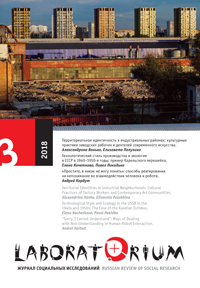Gleb Tsipursky. Socialist Fun: Youth, Consumption, and State-Sponsored Popular Culture in the Soviet Union, 1945–1970. Pittsburgh, PA: University of Pittsburgh Press, 2016
Main Article Content
Abstract
В последние два десятилетия среди отечественных и зарубежных историков устойчиво высок интерес к изучению советской молодежи в 1945–1970-е годы. Это обусловлено доступностью первичных (документы в бывших «комсомольских» архивах) и вторичных (художественные произведения, мемуары, опубликованные дневники) источников и сравнительной простотой интервьюирования пожилых людей, основная тема которого касается, вероятно, самого прекрасного периода их жизни. Книги о советской молодежи тех лет, студенчестве и вузах, оппозиционной активности молодых людей публикуются практически каждый год на русском и английском языках (Волчкевич 2009; Герасимова 2015; Димке 2018; Каримов 2004; Козлов и Мироненко 2005; Костырченко 2012; Мазус 2014; Митрохин 2003; Силина 2004; Fürst 2010; Hornsby 2013; Jones 2013; Roth-Ey 2011; Tromly 2014; Zubok 2009).
Text in Russian
DOI: 10.25285/2078-1938-2018-10-3-132-139
Keywords
Soviet Youth, Clubs, Ideology, Youth Leisure, Late Socialism, History
Abstract 188 | PDF (Русский) Downloads 174

